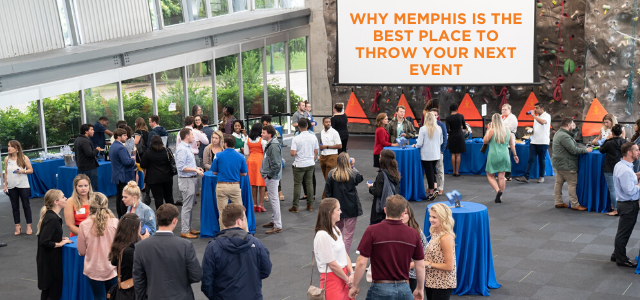

I’m convinced that in another life, I was a chef. I love to work with whole ingredients, laboring through culinary processes to make a final product that is magical. I’m building my personal recipe bank, learning new techniques along the way. Right now, I’m ever-so-gently dipping my wooden spoon into the world of sauces.
Sauces are intriguing, as the development of a sauce is equal parts science and art. Brown your garlic too quickly and your sauce will have an acrid taste. Cook your tomatoes on a high heat and you’ll completely change the flavor profile. And don’t even get me started on the order in which you add ingredients. It all matters!
And it was over a pot of marinara that I realized a fully developed sauce is a lot like a successful client relationship. It’s built over time, with care and a delicate process. You can’t dump all of the elements of a successful client relationship into a metaphorical pot, stir over medium heat and hope for the best. You have to work at it.
So, if a client relationship is a sauce, then the spices you add to your pot are the questions that we ask throughout the relationship. Without these questions, our client relationships will be bland, unappealing and borderline unsuccessful. But with careful thought and timing, peppering questions into your relationship will create a partnership that is, dare I say it, classic.
The art of asking questions is essential for professionals young and old to master. And I’m about to provide you a recipe:
Step one: Build a base for your relationship by asking fundamental questions.
I’m not going to say this lightly – the questions that you ask during your onboarding process are the most important questions you will ask throughout your relationship. These questions will create the foundation for all of your work moving forward.
• What are your needs?
• Where are your problem areas?
• Why do you choose to work with us?
• What is your company’s overall tone and feel?
• Where do you want to be in six months?
You would think these questions would be naturally answered during the onboarding process. But I tell you from experience – a new client may not share this information unless you ask targeted questions. Without these questions, you won’t have a clear path to follow, and you’re prone to falling short of your client’s expectations.
In our recipe, these questions are the onions and garlic you brown in olive oil before you add your whole peeled tomatoes. They are not the star of the show, but they are essential.
Step two: Throughout the relationship, taste-test your results and ask questions based on your findings.
Once you have a strong foundation, it’s our natural tendency to put our work into autopilot. But this complacency can be a slow death for any client relationship.
You need to continually ask questions about the work you’re doing to gauge success and ensure your client’s objectives still align with priorities you heard early on. Ask questions like:
• Is our work driving you business?
• Are you seeing an increase in website traffic?
• Have customers been mentioning your marketing, advertising and PR efforts?
As experts, we often assume our work is producing the expected results. And maybe it is! But if you don’t ask these questions, your work may be for naught.
These questions come at the point in our sauce-making journey where things are really starting to come together. It looks beautiful and smells divine. But you take a sip and, “WHOA,” that sauce needs salt! If you didn’t taste it, you may have never known.
Step three: Don’t be afraid of the heat! Sometimes relationships need fire-tested questions.
You just have to cook with fire at times! And in a client relationship, that means coming prepared with the really hard questions. Even if your work is producing results, if it’s not in alignment with a client’s expectations, they may be slowly souring to you and your work. Here are a few examples:
• How are we doing?
• Are you happy with the results?
• Is this what you expected?
• What would you like to see done differently?
These introspective questions are hard to ask because the answer may contradict with how you view your work. Try to put your ego aside and listen to the answer. You’ll grow as a professional and strengthen your relationship.
In our recipe, this is the chile pepper we take the time to char on an open flame before we add it to the nearly finished sauce waiting in the blender. Working with the fire is scary, but the warm and smoky taste comes through in the final sauce – and it was worth a little heat.
So, whether you’re new to business or have been in the market for 20 years, I hope you’ve walked away with a desire to ask questions and listen more in all facets of your business. If you have questions about Obsidian or public relations in general, don’t hesitate to email us at insight@obsidianpr.com.
Interested in learning more about the Chamber’s Small Business Resources?
{{cta(‘e7d249b0-5cfb-40ba-a5a2-ab22179ac423’)}}



